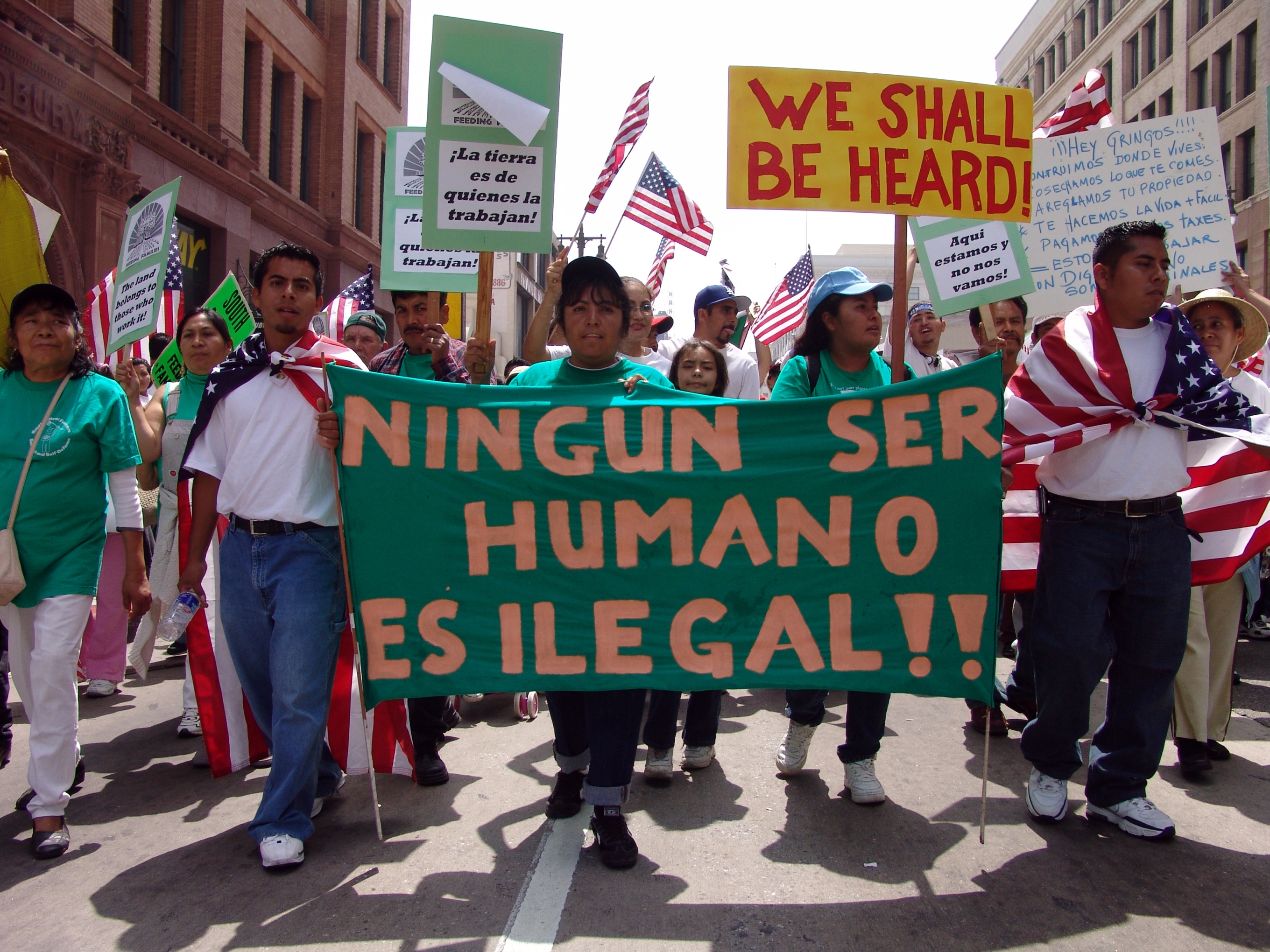There’s no doubt that this has been a school year like no other. The COVID-19 pandemic interrupted schooling across the globe. A variety of “distance learning” measures remain in place for an unforeseen future. And many worry about the long-term impacts these disruptions will have on students and their learning.
Still, it’s important to remember that, for many, schooling interruption is not a new phenomenon.
In the field of language education, there’s an acronym called “SIFE.” It stands for “Students with Interrupted Formal Education.” The SIFE label is most often applied to refugee students whose schooling was interrupted by political and economic instability in their home countries. Within the U.S., however, there are many additional causes of interrupted schooling, such as housing insecurity, punitive suspension, chronic health issues, and the school to prison pipeline. Although the SIFE label isn’t usually applied in these latter cases, research documents the many obstacles students face upon schooling reentry, regardless of what caused the interruption.
These studies also point to a systemic unpreparedness of many schools to accommodate even short-term schooling interruptions. This research reveals a system so predicated on “normalcy,” that it is unable to support even the relatively small percentage of students whose schooling is interrupted in a given year.
So what happens when that system encounters a pandemic?
We’re now seeing this system at its breaking point. And to be clear, it’s not the students, it’s not the teachers, and it’s not the families who are at fault. Instead, what this pandemic has revealed is a myopic view of schooling and the students who experience its interruption.
I wrote about these issues in a piece for Educational Researcher. In this piece, I make three arguments about interrupted schooling during the COVID-19 pandemic.
Continue reading “Generation Interrupted: A Pandemic and a Precedent”








